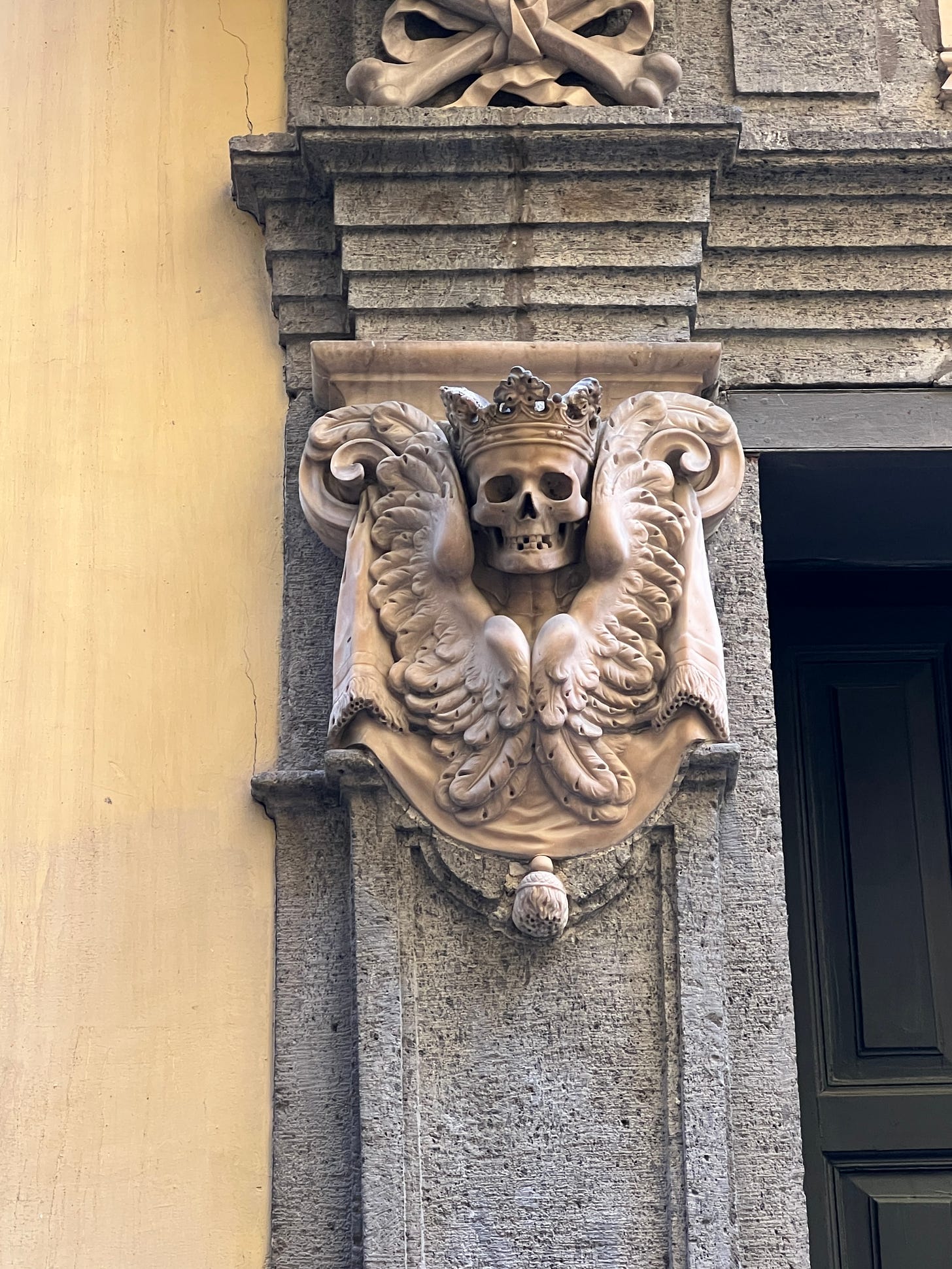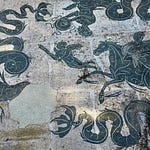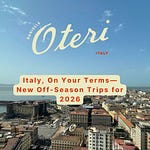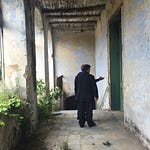Warning: this episode contains grisly descriptions of a historical double murder.
Episode 25 looks at the brilliant and violent life of Carlo Gesualdo — the Renaissance prince who murdered his wife and her lover, then retreated to his castle in rural Southern Italy, where he wrote music and had himself flagellated, among many other strange activities. Although Gesualdo faced no legal punishment, his crimes haunted him and manifested in his music, which was both beautiful and weird, and wildly ahead of its time.
This episode features my conversation with Michael Cirigliano II, author of the newsletter Shades of Blue, who explains how you can hear Gesualdo’s emotional breakdown in music that was also wildly innovative, it wouldn’t be fully appreciated for another 250 years.
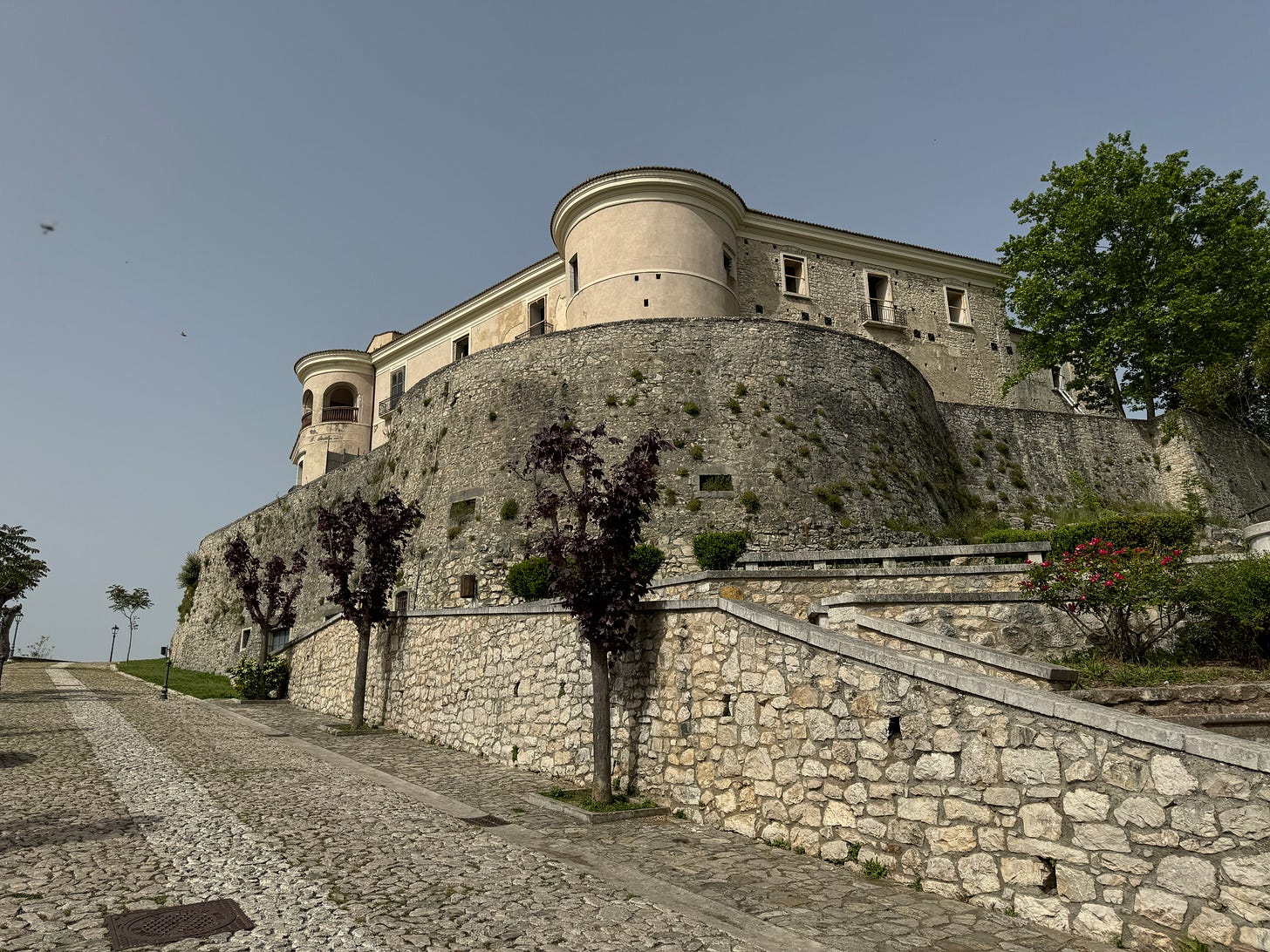
We also discuss:
The official report of the murders in Naples, the horrifying scene, and the eyewitness’s account of Gesualdo’s actions.
Gesualdo’s exile to his hilltop town of Gesualdo in Irpinia and the spooky, isolated life he led there.
The two creative periods in his output: the refined madrigals written in Ferrara at the Court of Este, and the sonically weird madrigals written at the end of his life.
Why twentieth-century composers like Stravinsky re-discovered him and why his music continues to fascinate performers and listeners.
How to travel to Gesualdo’s castle, and the Sansevero Chapel in Naples (home to the Veiled Christ) with Gesualdo’s music playing in your AirPods.
I also discuss Werner Herzog’s absolutely bonkers 1990 documentary and how local lore and modern storytelling shape what we think we know about Gesualdo. The episode weaves music, travel, and history.
And if you want to go deeper into Gesualdo’s life, Alex Ross’s article in The New Yorker is an exciting read and an excellent summation of decades of scholarship.
Thanks to Michael, here is a concise listen to Gesualdo’s descent into genius and madness:
I. An example of Gesualdo's early madrigals:
Book 1: "Baci, soavi, e cari" (1594, written in Ferrara)
II. Two examples of Gesualdo's late, chromatic, nightmarish madrigals:
Book 6: "Moro, lasso, al mio duolo" (1611, written in Gesualdo)
Book 6: "Beltà, poiché t'assenti" (1611, written in Gesualdo)
III. And an example of his rare foray into sacred music. Here, Gesualdo is more conservative in his writing, likely because he's seeking penitence and absolution (this was published shortly after he commissioned Il Perdono di Gesualdo)
"O vos omnes," from Tenebrae Responsoria: Responsory at Matins for Holy Saturday (1611, written in Gesualdo)
Finally, Michael and I reconnected after working on this essay about Manhattan Castles for the Metropolitan Museum of Art. Years later, I wrote this essay, which features Henryk Gorecki’s Symphony of Sorrowful Songs, which Michael explains here.
If you enjoyed this episode, please consider becoming a subscriber. I want to continue creating episodes that can deepen your experience of Italy and provide you with stories that you can transform into your own travel adventures. They require lots of research and editing, and the more support I receive through subscriptions, the more I can offer.




